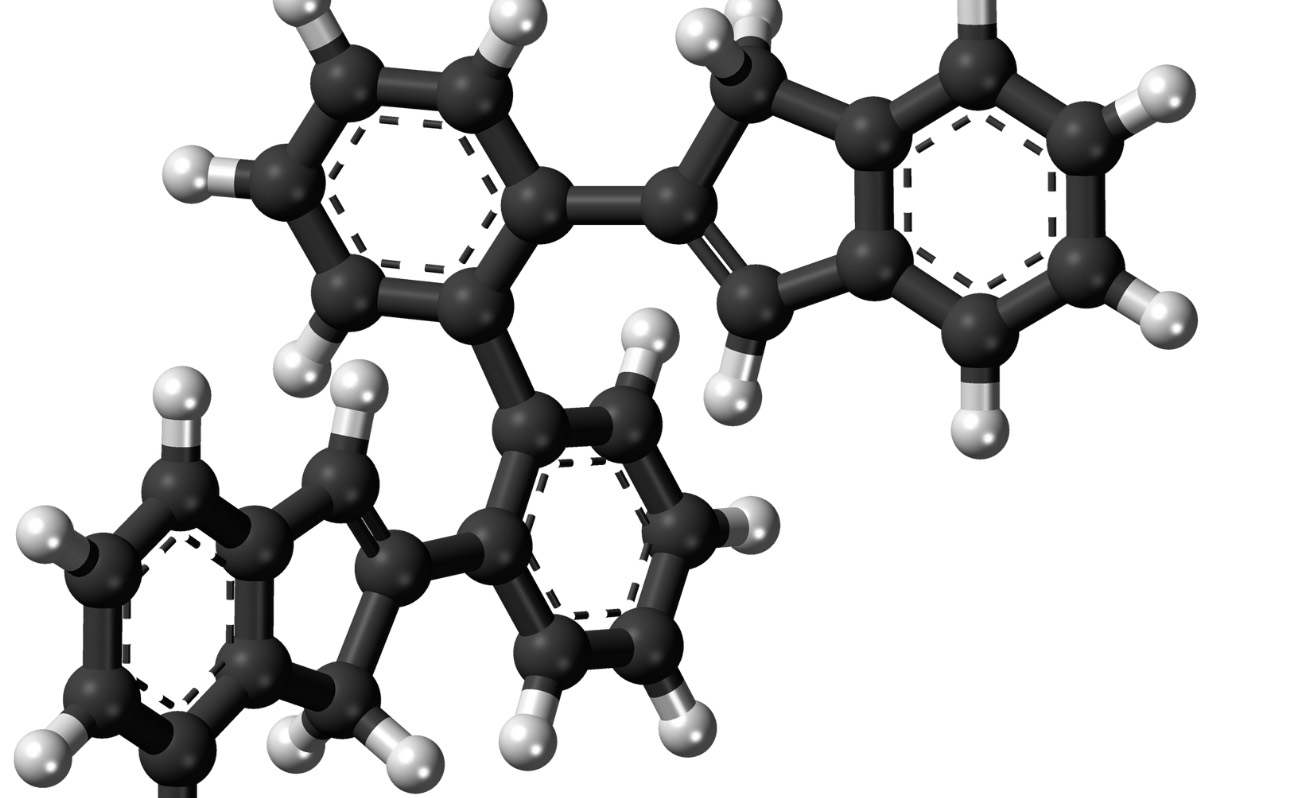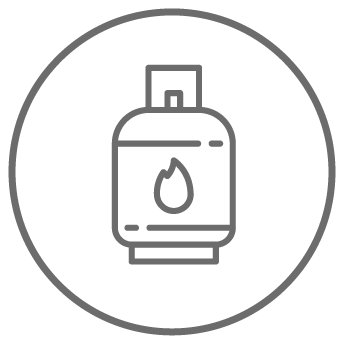Hydrocarbons – Why are they pollutants?

Hydrocarbons present in the environment are of different types:
- Saturated like alkanes
- Unsaturated like alkanes
- Aromatics, only the real problem as they are carcinogenic and are volatile
- Cycloparaffins
Hydrocarbons and marine pollution
Hydrocarbons are the main pollutants of the sea because of the high oxygen demand that characterizes them and because of their ability to create trauma to ecosystems by interfering with trophic networks. Every month 3-4 tons of oil are put into the sea and among the main sources of marine pollution (and not only) we find:
- Offshore installations which are ~1.5%
- Leakage from ships 45% which therefore represent the largest source of pollution
- Urban and industrial discharges
- Refineries
- Natural sources
- Atmospheric
- Exploration/production
Hydrocarbons in the sea - Causes
We are all familiar with the effects of oil spills due to natural and man-made reasons. Sources of oil spills include natural seafloor oozing and natural atmospheric phenomena such as putrefaction, which generates methane.
There is no shortage of human sources of pollution such as discharges from oil tankers, operations at loading and unloading terminals, ship accidents, and washing of oil tankers for maintenance and repairs within shipyards. Finally, hydrocarbon pollution depends on offshore sources, i.e., systematic or accidental discharges from drilling activities or on-shore sources, such as discharge from refineries and plants, pipeline leaks and ruptures, urban activities, and motor vehicles.
Air pollution due to hydrocarbons
Hydrocarbons are harmful in the presence of NOx and O3 as they are responsible for photochemical smog, they are aggressive to organic products (plastics and rubbers), and they contribute to dirty the surfaces of materials favouring their degradation.
The presence of hydrocarbons in the atmosphere derives from evaporation from processing points and from the incomplete combustion of coal and liquid fuels, the combustion of waste and the processing of oil. Vehicles also emit hydrocarbons as do petrochemical industries and fuel depots or distributors. In urban areas, the main sources of hydrocarbons are vehicle exhaust, particularly gasoline and diesel engines.
There is also the presence of hydrocarbons related to solvent emissions for industrial use or other products related to production cycles. Typical of the textile area are the alkylbenzenes, used as spinning oleants and released into the atmosphere during the drying processes of fabrics. Small quantities of hydrocarbons, other than methane, can also develop in fermentation processes from plant species or from putrefaction phenomena (processes that have originated all fossil fuels) and therefore have a natural origin.
What are the effects of hydrocarbons on human health and environment?
Many are the effects of hydrocarbon pollution on human health and environment. In particular, we have analysed the effects of benzene and PAH, hydrocarbons produced by vehicular traffic and more present in urban areas. These harmful effects concern:
- Environment and plants: The depletion of the ozone layer by CFCs (Chlorofluorocarbons), leads to an increase in UV radiation, which damages the yield of some crops, such as corn
- Humans: Hydrocarbons with carbonyl functions present in the air cause: irritation to the eyes, skin coverings and first respiratory tracts. Light chlorinated hydrocarbons, in high concentrations can be toxic. Polynuclear hydrocarbons and benzene are the most dangerous because they are carcinogenic
However, our society cannot do without hydrocarbon gases and for this reason, regulations such as the Kyoto Protocol have been approved to regulate the use of these important gases, which are used in many areas of industrial and domestic life.
Settala Gas commitment to protect the environment
Settala Gas has identified a number of principles for health, wellness and safety, which can be summarized as follows:
- Promote and encourage a culture of prevention and wellness to build a healthy and safe environment
- Ensure excellent conditions for staff work areas
- Develop and implement a Health and Safety Management System, with periodic monitoring of its implementation




